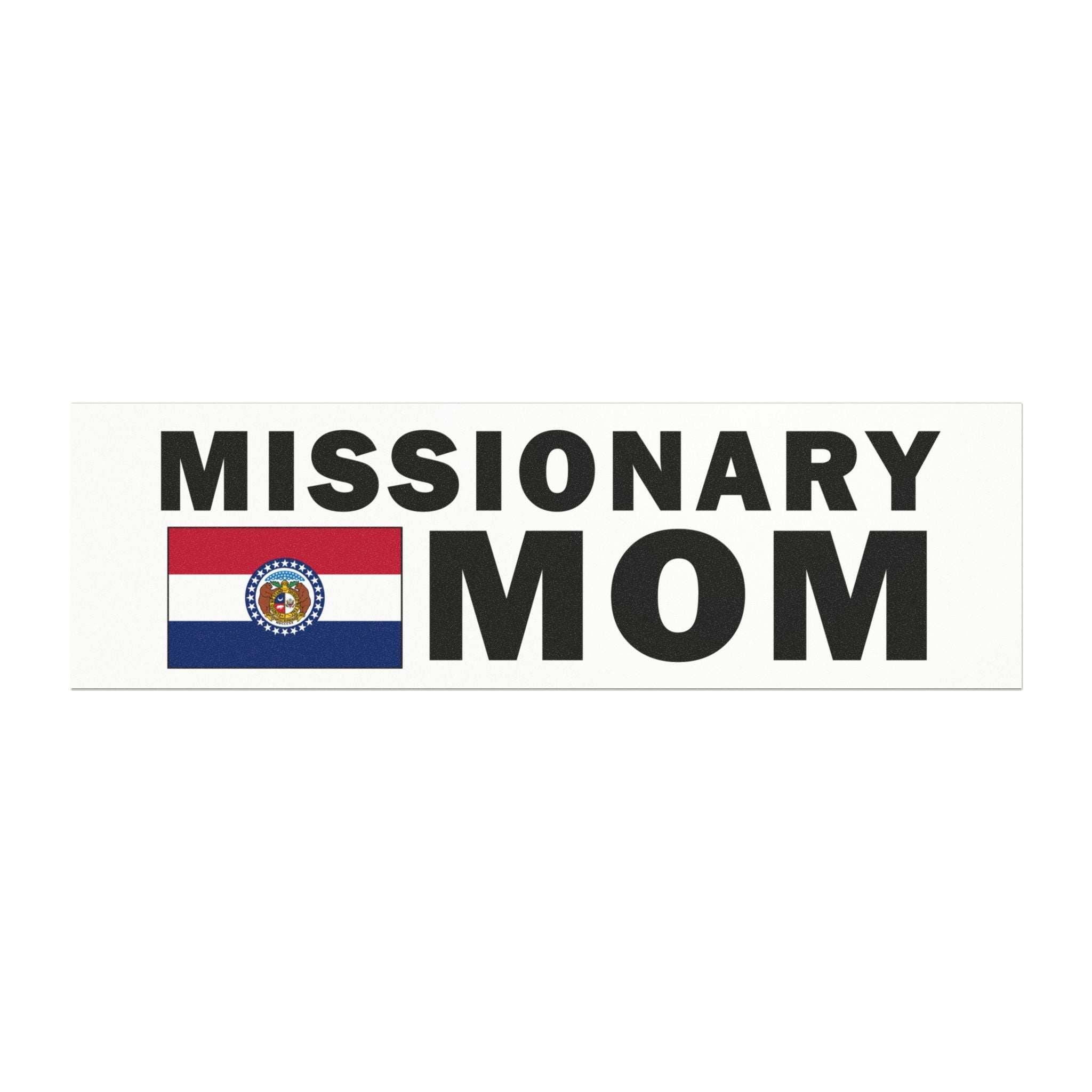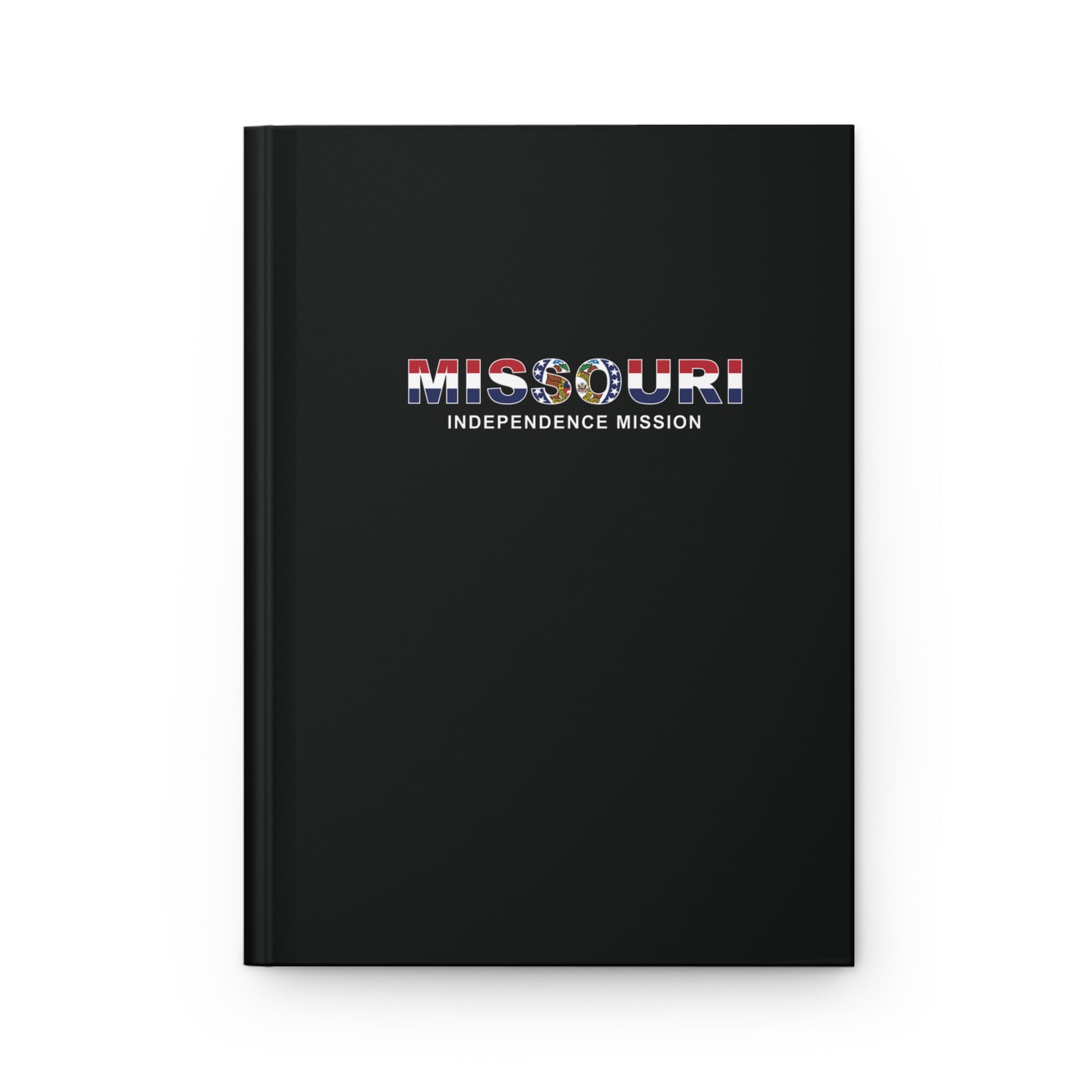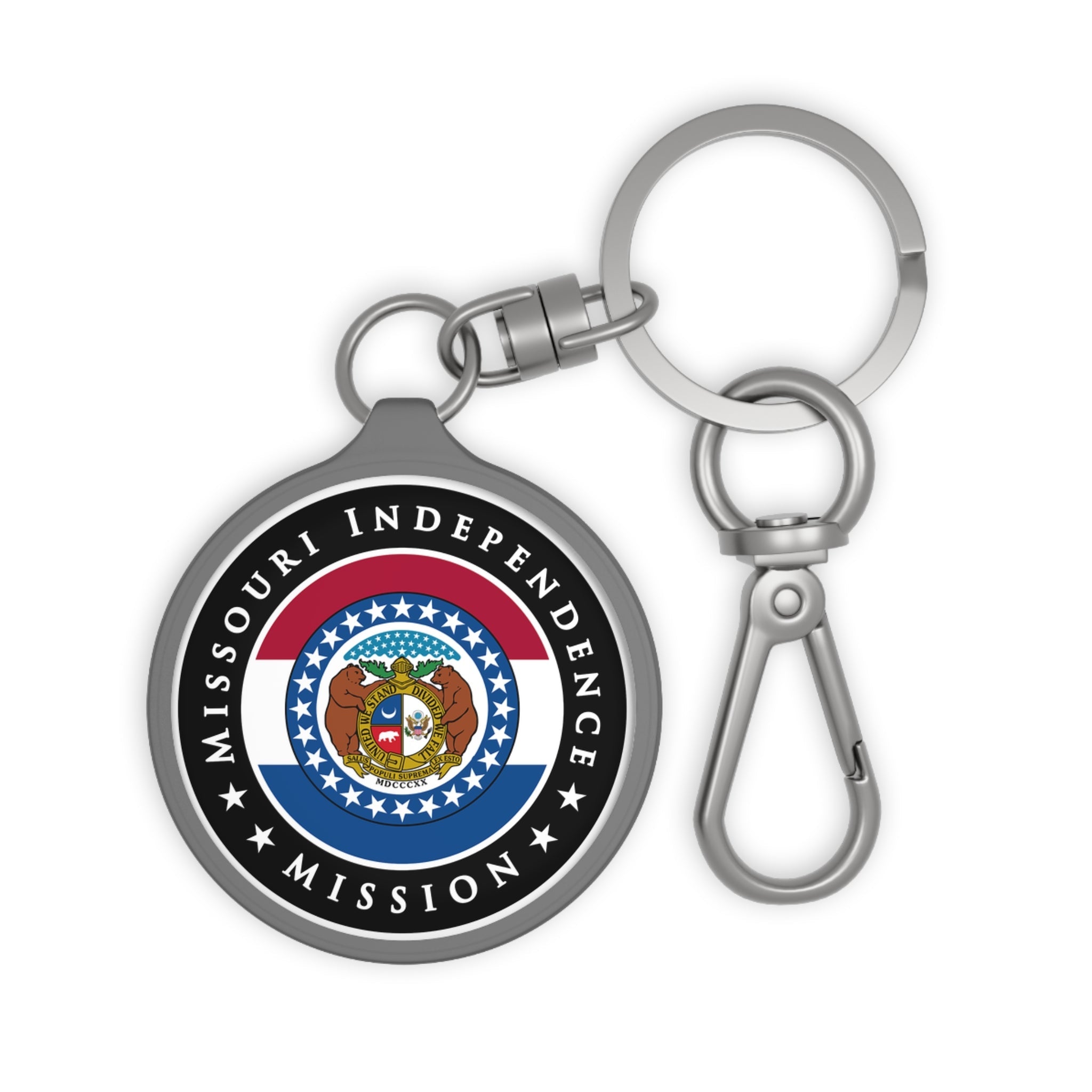In 1831, Joseph Smith, first President of The Church of Jesus Christ of Latter-day Saints, told Church members that Independence, Jackson County, Missouri, was to be the gathering spot for the Church. The influx of members to the county raised concern among area settlers, who ordered the 1,200 members to leave. Church leaders were unsuccessful in their attempts to seek protection from the courts. Mobs drove Church members out of the area. In 1834, Joseph Smith and 150-200 armed men, called Zion's Camp, arrived to protect the members. A storm prevented the confrontation and the camp was later disbanded.
Latter-day Saint refugees found refuge in Clay, Caldwell, and Daviess Counties. By 1838, Far West had become Church headquarters with homes, hotels, a printing house, and school. Violence erupted in Gallatin in August 1838, when members were prevented from voting. Mob raids began, and Elder David W. Patten, the next Apostle in line to be Church President, was killed. The exaggerated rumors about Church members ultimately led to the literal extermination order from Gov. Lilburn W. Boggs in 1838. Eighteen men and boys were killed at Haun's Mill by an unauthorized militia. On 31 October, Joseph Smith was arrested and the next day sentenced to death, but Brig. Gen. A.W. Doniphan refused to carry out the order. Between 12,000 - 15,000 Church members fled to western Illinois in 1839 and established the city of Nauvoo on the Mississippi River. Several others moved to the more tolerant St. Louis, where many more members eventually came from Nauvoo. In the late 1850s, many members left for Utah to gather with the Saints. In June 1976, Governor Christopher S. Bond signed an executive order rescinding the extermination order issued 138 years earlier by Governor Boggs.











































